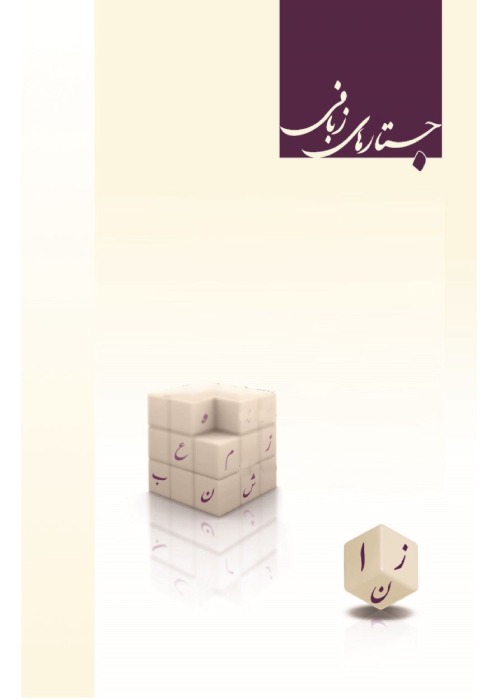Internal Features of 50 Persian Idiomatic Expressions: A Case Study on Female Students of Roshangar High School in Tehran
One of the major issues that can be raised in the processing, understanding, producing, applying and training the idiomatic expressions is to describe the internal features and determine the relationship and correlation between these features in idiomatic expressions. The present study is aimed to investigate the characteristics of the internal features of 50 Persian idiomatic expressions and describes them and determines the correlation between them. The intuition of the speakers on variables of familiarity, ambiguity, semantic transparency, figurativeness, arousal, concreteness, emotional valence, and confidence of each phrase was evaluated. Their descriptions were also assessed for the figurative meaning of each phrase. The results showed that the studied Persian idiomatic expressions have the characteristics mentioned and can be categorized using a continuum whose pole is one of the internal features of the idiomatic expressions and the other is opposite of the same internal feature. Furthermore, descriptive statistics showed that the expressions of the Persian language are assessed more as ambiguous, arousal, transparent, figurative, and concrete with negative emotional valence. Moreover, the results showed that there is a negative correlation between the familiarity and semantic transparency. There is a positive correlation between meaningfulness and semantic transparency. There is also a negative correlation between knowledge with semantic transparency and confidence.. One of the most important issues in the processing, perception, production, use, and teaching of idiomatic expressions is describing their internal features and determining the correlation between these features. The present study aimed at describing the following internal features of Persian idiomatic expressions: familiarity, knowledge, ambiguity, semantic transparency, figurativeness, emotional arousal, concreteness, emotional valence, and confidence. Furthermore, an attempt was made to investigate the correlation between these features and answer the following questions: A) Which of these features can be found in Persian idiomatic expressions? B) What is the relationship between the internal features of Persian idiomatic expressions? C) How Persian idiomatic expressions can be categorized based on these internal features? It is hypothesized that idiomatic expressions possess various and diverse internal features and both a negative and a positive correlation can be found between some of them. Furthermore, these idiomatic expressions can be categorized on a continuum with one of the internal features at one end and the opposite feature at the other end. To achieve the aims of the present research, at first, based on the intuitive and encyclopedic knowledge of the researchers, 50 Persian idiomatic expressions were chosen from “Dictionary of Metonymy” by “Mansour Servat (1379)” and “Sokhanchr('39')s dictionary of metonymy” by “Hassan Anvari (1390). The intuitive knowledge of Persian native speakers for each idiomatic expression was evaluated in terms of familiarity, knowledge, ambiguity, semantic transparency, figurativeness, emotional arousal, concreteness, emotional valence, and confidence. Hence, for the experimental phase of the study, 270 high-school female students were selected using random sampling. Questionnaires were administered to collect the data of the study and for each variable, a questionnaire was developed. The questionnaires were filled in without the researcher’s intervention. Descriptive and inferential statistics were performed using SPSS. The importance of this research lies in filling the gap in the field of the internal features of Persian idiomatic expressions and determining their correlation. The results of the study revealed that Persian idiomatic expressions have these internal features and they can be categorized based on these features on a continuum with one feature at one end and the opposite feature at the other end. Furthermore, descriptive statistics revealed that the idiomatic expressions investigated in this study were more ambiguous, emotionally arousing, figurative, concrete and emotionally negative. Furthermore, a negative correlation was identified between the internal features of familiarity and semantic transparency. However, a positive correlation was observed between concreteness and semantic transparency. Finally, a negative correlation was observed among knowledge, sematic transparency, and confidence
- حق عضویت دریافتی صرف حمایت از نشریات عضو و نگهداری، تکمیل و توسعه مگیران میشود.
- پرداخت حق اشتراک و دانلود مقالات اجازه بازنشر آن در سایر رسانههای چاپی و دیجیتال را به کاربر نمیدهد.




